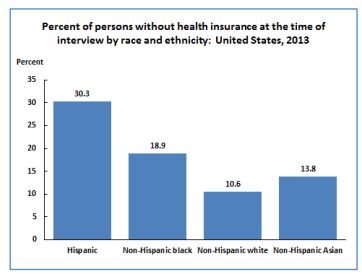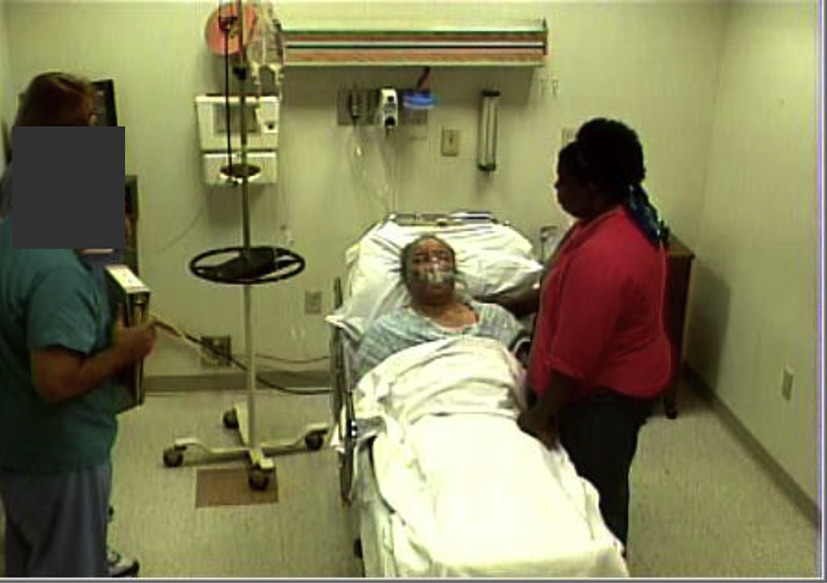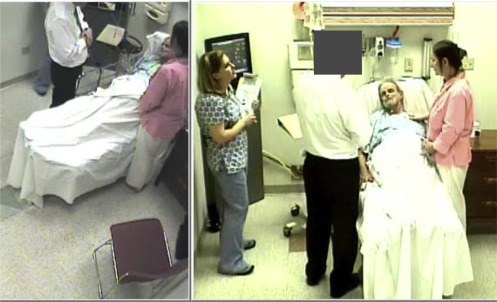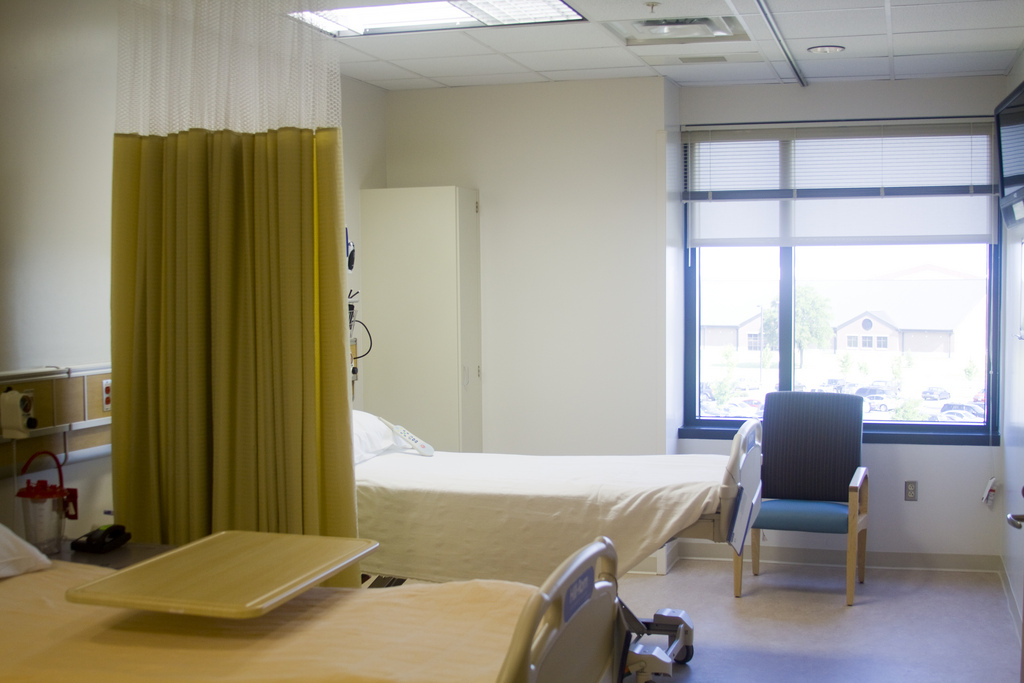Why Black Patients Are More Likely to Die in Hospitals

By:
Healthcare in the United States is hardly an equal playing field.
The National Center for Health Statistics reports that in 2013, over 30 percent of Hispanic Americans and 18.9 percent of Black Americans lacked access to health insurance, compared to 13.9 percent of Asians and a mere 10.6 percent of whites.
 Center for Disease Control and Prevention - cdc.gov
Center for Disease Control and Prevention - cdc.gov
However, beyond insurance, there's another factor at play: body language.
Race doesn't just dictate access to health insurance — a recent study published in the Journal of Pain and Symptom Management suggests that it also factors into the quality of treatment received by patients and how they perceive and relate to healthcare professionals. Black Americans also report worse communication with physicians than their white counterparts.
Black Americans are less likely to receive preventative and curative treatments for disease, however, they are more likely to die in hospitals with life-sustaining treatments like feeding tubes and mechanical ventilation.
Though end of life care can keep patients with a late-stage cancers and other incurable disease alive, the vegetative quality of life it offers is not desirable to many patients. The National Insititute of Aging reminds us that people have very different ideas of what "a good death" entails. In their last stages of life, patients often struggle with breathing, digestion, exhaustion and severe pain. It is important that doctors listen to the questions and preferences of their patients and explain the experiential costs and consequences of "buying time" with extraordinary life-prolonging measures.
What the study found.
The study placed 33 Pennsylvania doctors in situations with actors simulating patients undergoing end-of-life treatment and evaluated video tapes of the interactions on a point scale. Their verbal communication was assessed in terms of providing information and "emotion-handling behaviors," while doctors' body language was scored based on factors like distance from patient, stance, and use of touch.
Though the doctors said the same things to Black and white patients, their body language with Black patients was more distant. Researchers observed that they expressed greater compassion in nonverbal cues directed toward white patients.
 Journal of Pain and Symptom Management - jpsmjournal.com
Journal of Pain and Symptom Management - jpsmjournal.com
“When explaining what was happening and what the next steps for care could be, with the white patients, the physicians were more likely to stand right at the patient’s bedside and touch them in a sympathetic manner,” said senior author Amber Barnato, M.D., M.P.H., associate professor of clinical and translational medicine in Pitt’s School of Medicine.
 Journal of Pain and Symptom Management - jpsmjournal.com
Journal of Pain and Symptom Management - jpsmjournal.com
With Black patients, the doctors were more physically distant, often standing at the door of the hospital room or holding a clipboard, indicating a more disengaged attitude and an authoritarian stance, rather than a sympathetic or caring one.
Why body language is important.
Bedside manner isn't just a luxury: doctors who have undergone relationship-focused training have better outcomes treating patients with obesity, diabetes, asthma, and osteoarthritis, while Time reports that patients of courteous doctors are more likely to recover and survive surgery and disease.
“Poor nonverbal communication — something the physician may not even be aware he or she is doing — could explain why many Black patients perceive discrimination in the health care setting,” Dr. Barnato notes, suggesting that more Black patients may die in intensive care because of their distrust in doctors and comparative lack of compassionate, medical care — not their actual healthcare preferences.
“When you survey people in the community about their feelings on end-of-life care, Blacks are only slightly more likely than whites to say they want aggressive, life-sustaining measures when terminally ill,” She says, “Body language is a significant tool in building trust — or mistrust — and physicians need to ensure that their body language isn’t contributing to that decision."
The consequences of receiving undesired intensive end of life care extend beyond the suffering of individual patients, it often places great strain and trauma upon bereaved relatives and reinforces distrust in doctors and hospitals.
 Flickr/Army Engineers Norfolk - flickr.com
Flickr/Army Engineers Norfolk - flickr.com
In 2013, The American College of Physicians (ACP) released a nine-part strategy to strengthen patient-physician relationships, its suggestions dwell largely in the realm of payment reforms and appeals to legislature, but Barnato suggests that individual doctors and hospitals institute policies to eliminate disparities in patient care, educating doctors about unconscious biases and encouraging them to observe and reflect on their own bedside-manner.
"It might be even more powerful if health care providers experienced "some kind of experiential learning," Barnato told the Huffington Post. "I wonder if having the doctors watch their own videos would be useful."
